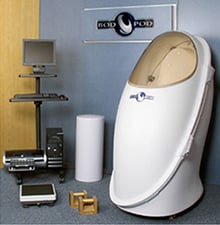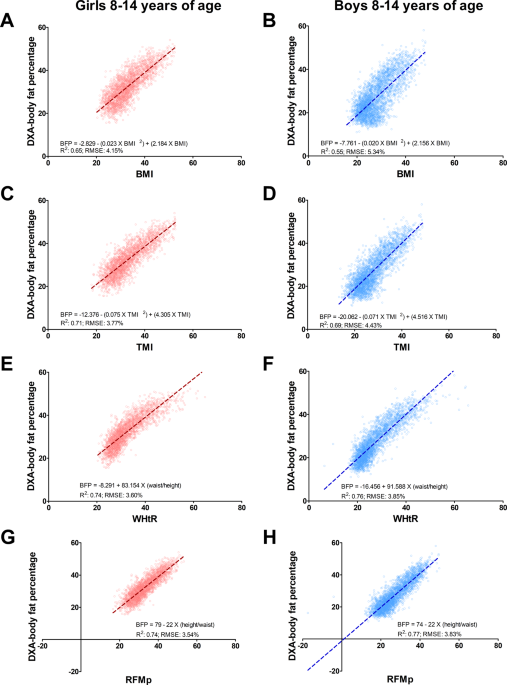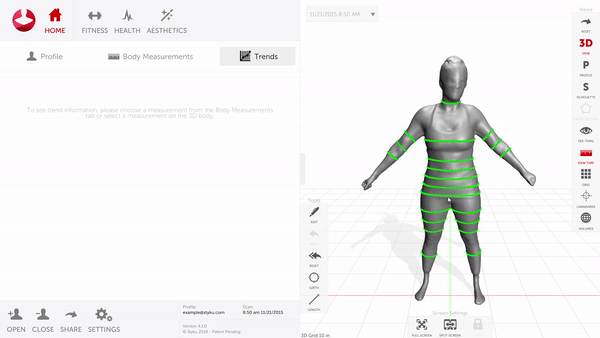
A Review Of Body Composition Measurement In The Assessment Of Health
The most used methods to evaluate bc in the clinical practice are based on bicompartment models and measure directly or indirectly fat mass fm and fat free mass ffm. The assessment of body composition has reached an outstanding position in studies in the area of nutrition physical activity and health because of the important role of body components in human health especially regarding the influence of excess body fat and its distribution on the onset of non communicable chronic diseases. To establish the nutrition and health status. This paper gives a brief overview of common non invasive techniques for body composition analysis and a more in depth review of a body composition assessment method based on fat referenced quantitative mri. There is an ongoing need for methods that yield information on metabolic and biological functions. The measurement of human body composition plays an important role in qualifying health and nutritional status the impact of disease and change due to nutritional therapeutic or behavioral.
Perhaps the most accessible method for measuring body composition a skin fold assessment can be done using either three four or seven sites meaning parts of the body. The assessment of body composition provides insights into both nutritional status and functional capacity of the human body and is useful in nutrition for describing growth and development from birth through to adulthood and for understanding the developmental origins of health and disease in designing nutritional strategies and in monitoring of therapeutic interventions 12. Abstract body composition is one of the major health related components of fitness. Thus it is important for health and fitness professionals to have a general understanding of the most commonly used techniques for assessing body composition. The measurement of body composition bc represents a valuable tool to assess nutritional status in health and disease. Bioelectrical impedance analysis bia and dual energy x ray absorptiometry dxa nowadays considered.
Body composition measurement in health assessment 17 with a technique providing accurate and reliable body composition estimates for an individual. Earlier published studies of this method are summarized and a previously unpublished validation study based on 4753 subjects from the uk biobank imaging cohort comparing the quantitative. This review presents the developmental background and underlying principles and theory of four laboratory hydrodensitometry air displacement. A review of body composition measurement in the assessment of health. Based on the wide range of measurable properties analytical methods and known body composition models clinicians and scientists can quantify a number of body components and with longitudinal assessment can track changes in health and disease with implications for understanding.
Random Post
- nusrat imrose tisha body measurement
- imogen poots body measurement
- bust measurement wear bra
- prince narula body measurement
- john abraham body measurement video
- lorde body measurement
- ouai body measurement
- kyline alcantara body measurement
- body fat measurement gnc
- body measurement award
- lauren sanchez body measurement
- nysa devgan body measurement
- yuzvendra chahal body measurement
- natalia dyer body measurement
- suresh raina body measurement
- client body measurement form
- zhc body measurement
- shirley setia body measurement
- big ramy body measurement
- aman hundal body measurement
- app body measurements android
- wwe body measurements
- shweta singh body measurement
- state four importance of body measurement
- mandy rose body measurements
- body fat measurement st louis
- lisa rinna body measurement
- what is my bra size based on measurements
- is bra size bust measurement
- chloe grace moretz body measurement
- natalya neidhart body measurement
- deepika padukone body measurement
- jin baek body measurement
- drashti dhami body measurement
- boy body measurement
- body measurement mgmt
- body measurements overweight
- body fat measurement sydney
- gemma whelan body measurement
- body fat waist measurement
- erra fazira body measurement
- mackenzie porter body measurement
- sushil kumar body measurement
- aubrey o'day body measurement
- body composition measurement in severe obesity
- the gym unlimited fitness & body composition measurements
- gym body measurement
- aaliyah jay body measurements
- amy carlson body measurement
- jelai andres body measurement






/underwater-hydrostatic-body-fat-weighing-453131436-5ad4f5c2642dca0036367079.jpg)







:max_bytes(150000):strip_icc()/GettyImages-597069045-568ea8e03df78cafda714ac3.jpg)


















/GettyImages-1094376624-4235250d069f4902ac652054d29fa3a0.jpg)



